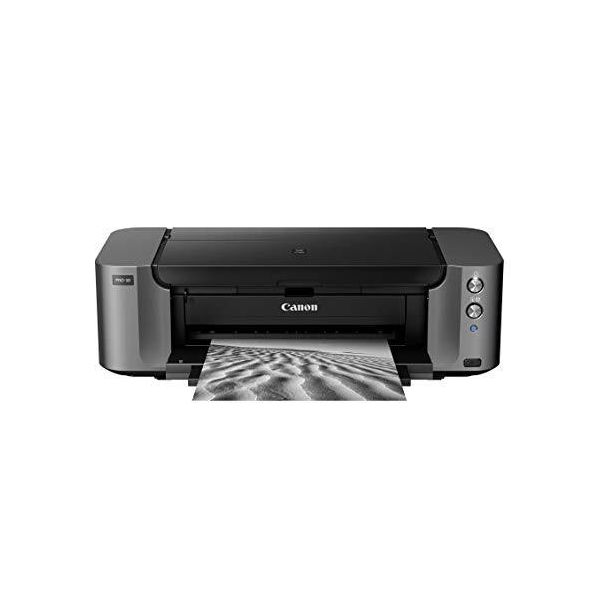Brian Baker
- Comment




















